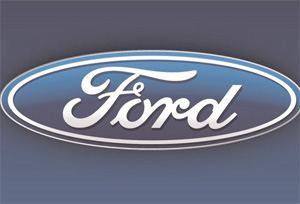CHENNAI (TIP): Car multinationals like Ford, Hyundai and Volkswagen are using cutting edge technology and practices to save power and water resources in their plants in India, where both are in serious short supply. Indeed, Ford Motor Company is expanding its 3-wet paint capacity by 50 % this year, adding the environmentally friendly paint process, which is already in use in its Maraimalainagar plant in the outskirts of Chennai, to four more plants on three continents.
The actions will reduce CO2 emissions by an estimated 30% at those facilities. Ford India’s Chennai plant is the first Ford car plant in the world to use the 3-wet high-solids paint technology. The plant also does heat recovery by utilizing exhaust heat air to heat fresh air, and propane gas has been introduced as a fuel in its ovens instead of diesel, making for an environment-friendly paint process.
According to Ford, the 3-wet high solids technology has resulted in VOC emission coming down by 23%, the best in the Ford Asia Pacific region. It has also reduced dock-to-dock time by 40% and CO2 emission by 21%. Water consumption has come down by 15000 KL/annum and the energy saved in the paint shop – 27.6 million kWh/annum – is enough to power almost 12,000 households in Chennai for a year, or to light up the entire Chennai street lights in night for almost 4 months. Ford, which was the first automaker to implement the 3-wet high solids solvent borne technology in 2007, currently has eight plants in North America, Asia Pacific and Europe, equipped for using the process to paint vehicles.
That will expand to 12 plants in 2013 and then to additional facilities worldwide over the next four years. The 3-wet process derives its name because three layers of paint are applied one after the other before the prior coats have been cured. The process eliminates stand-alone primer application and a dedicated oven required in the conventional process that was used before.
Advanced chemical composition of 3-wet paint materials allows for the three layers of paint — primer, base coat, and clear coat – to be applied while each layer is still wet without baking in between. “The 3-wet paint process is significantly more advanced than conventional technologies in applying durable paints in a highquality, environmentally sound and cost-efficient manner,” said Bruce Hettle, director of manufacturing engineering.
